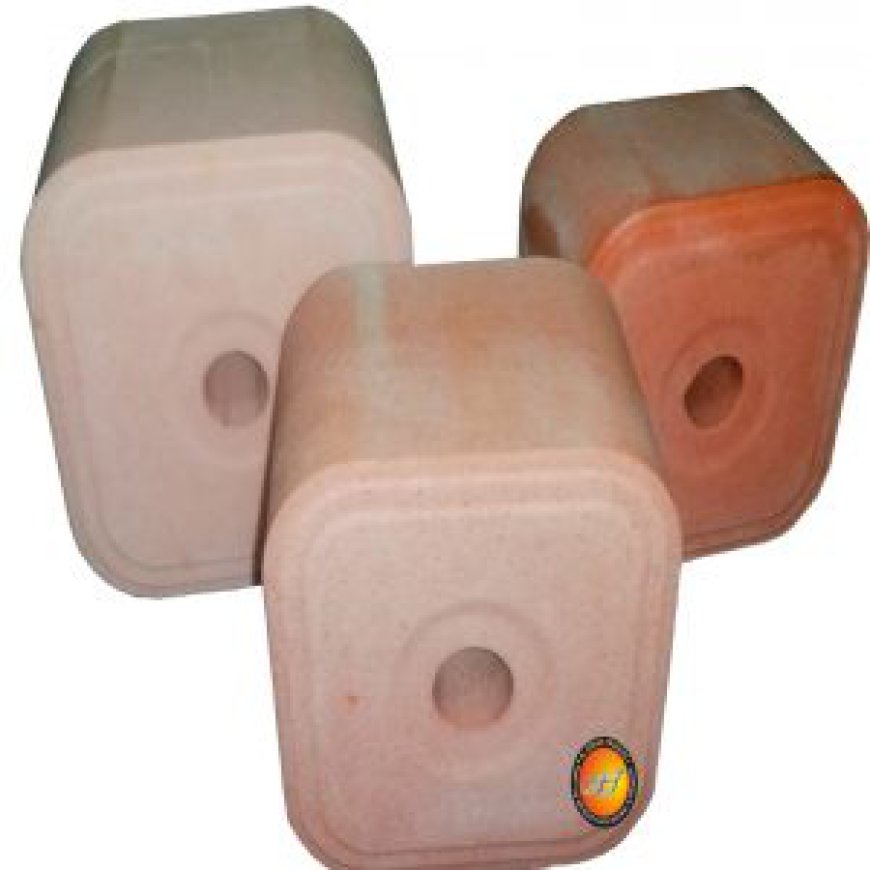horse salt lick
A salt lick is a simple yet crucial addition to a horse’s care routine, providing essential electrolytes and minerals that support hydration, digestion, and overall health.

Horses are majestic animals with unique dietary and mineral requirements. A salt lick, a block of salt provided for animals to lick, plays an essential role in fulfilling these needs. In this detailed guide, we’ll explore the importance of salt licks for horses, their types, benefits, how to choose the right one, and more.
Algohar World natural salt lamps that are believed to provide various benefits, combining both the aesthetic appeal and the potential health advantages associated with Himalayan salt lamps.
Understanding Salt Licks
What is a Salt Lick?
A salt lick is a block or deposit of salt that animals, including horses, lick to meet their mineral requirements. It may contain pure salt or a mix of salt and other essential minerals.
Why Do Horses Need Salt?
Horses lose electrolytes such as sodium and chloride through sweat, particularly during exercise or in hot weather. A salt lick replenishes these essential minerals, ensuring the horse remains healthy and hydrated.
The Nutritional Role of Salt in Horses
Sodium and Chloride: Key Electrolytes
Salt provides sodium and chloride, which are crucial for:
Hydration: Regulating the horse's water balance.
Nerve Function: Supporting nerve impulse transmission.
Muscle Contraction: Aiding proper muscle function.
Daily Salt Requirements
The average horse requires 1-2 ounces of salt daily, depending on factors like:
Body weight.
Level of activity.
Environmental conditions.
Types of Salt Licks for Horses
3.1 Plain Salt Licks
Composition: Made entirely of sodium chloride.
Use: Ideal for horses with balanced diets.
Mineralized Salt Licks
Composition: Contain additional minerals like magnesium, potassium, and calcium.
Use: Suitable for horses needing extra nutrients.
Himalayan Salt Licks
Composition: Natural pink salt containing trace minerals.
Origin: Mined from the Himalayan mountains.
Use: Popular for its purity and long-lasting nature.
Electrolyte Salt Licks
Composition: Enhanced with electrolytes for athletic horses.
Use: Best for performance horses or those in hot climates.
Benefits of Salt Licks for Horses
Maintains Hydration
Salt encourages horses to drink more water, reducing the risk of dehydration and colic.
Supports Digestive Health
Salt stimulates saliva production, which aids digestion and prevents dry feed from causing choking.
Enhances Performance
In active horses, salt replenishes lost electrolytes, preventing fatigue and maintaining energy levels.
Provides Behavioral Enrichment
Licking a salt block can reduce boredom in stalled horses, promoting mental well-being.
Choosing the Right Salt Lick
Factors to Consider
Diet: Analyze your horse’s current feed and supplement regimen.
Activity Level: Performance horses may need electrolyte-rich licks.
Environment: Horses in hot climates lose more salt through sweat.
Note: horse salt lick is a simple yet crucial addition to a horse’s care routine, providing essential electrolytes and minerals that support hydration, digestion, and overall health.
Natural vs. Processed Salt
Natural Salt: Less processed, contains trace minerals.
Processed Salt: Uniform composition, often iodized.
How to Provide a Salt Lick
Placement
Place the salt lick in a dry, clean area.
Ensure it’s easily accessible but not prone to contamination.
Types of Mounting
Hanging Blocks: Suspended from walls or fences to stay clean.
Ground Blocks: Placed on the ground but may collect dirt.
Frequency
Replace the salt lick as it wears down.
Monitor consumption to ensure the horse doesn’t overindulge.
Potential Issues with Salt Licks
Overconsumption
Excessive licking can lead to:
Loose stools.
Increased thirst and urination.
Underconsumption
If a horse ignores the salt lick, it may not meet its salt requirements, leading to:
Dehydration.
Muscle cramps.
Contamination
Outdoor licks can attract pests or become dirty, making them less appealing.
Monitoring Your Horse’s Salt Intake
Signs of Deficiency
Lethargy.
Reduced appetite.
Dull coat.
Signs of Excess
Diarrhea.
Excessive water intake.
Regular Check-ups
Consult your veterinarian for guidance on your horse’s mineral needs.
Alternatives to Salt Licks
Loose Salt
Offered in small quantities mixed with feed.
Allows precise control of intake.
9Electrolyte Supplements
Available in powdered or paste form.
Ideal for horses needing tailored electrolyte support.
Environmental and Economic Considerations
Environmental Impact
Himalayan Salt: Mined naturally, minimal processing.
Processed Blocks: Manufactured, may have a larger carbon footprint.
Cost
Natural salt licks are often more expensive but last longer.
Processed licks are budget-friendly but may require frequent replacement.
Frequently Asked Questions
How Often Should a Horse Have Access to a Salt Lick?
Salt licks should be available at all times, allowing horses to self-regulate their intake.
Can All Horses Use the Same Salt Lick?
Different horses may have unique needs; choose a salt lick that aligns with their dietary requirements.
What If My Horse Ignores the Salt Lick?
Consider trying a different type, such as flavored or mineral-enriched licks, or provide loose salt.
Conclusion
A salt lick is a simple yet crucial addition to a horse’s care routine, providing essential electrolytes and minerals that support hydration, digestion, and overall health. By selecting the right type of salt lick and ensuring proper usage, you contribute significantly to your horse’s well-being.
Salt licks are not merely dietary supplements; they also serve as tools for behavioral enrichment, helping to keep horses happy and healthy. Whether you choose a Himalayan salt lick for its natural appeal or an electrolyte-enriched option for active horses, the benefits are undeniable. Proper salt intake is a cornerstone of equine care, making salt licks indispensable in every stable.
This document ensures you understand the importance of salt licks and equips you to make informed decisions for your horse's health and happiness.

 Tagxa1122
Tagxa1122